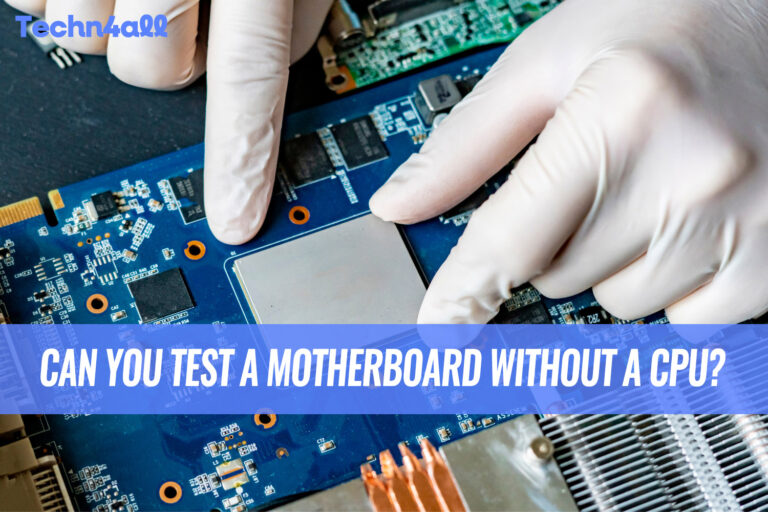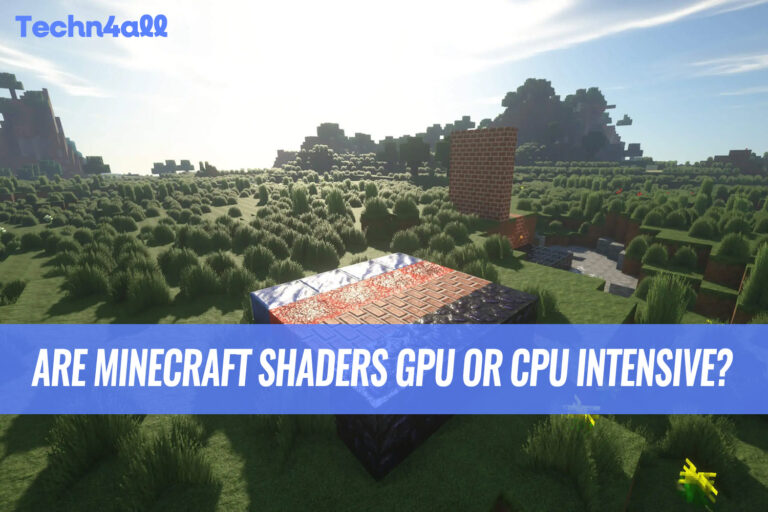Contents Show
Assuming the GPU intensiveness of a video game has become relatively more accessible with time. With how closer to reality the rendering in video games seems to be getting, it is easy to say that the GPU intensiveness of games is only expected to increase. But when it comes to other major components, especially the CPU, few can identify the intensiveness a game requires from them. It is mainly because the aspects requiring higher CPU performance are not too vivid.
Undoubtedly, a game like Monster Hunter World would also require a relatively stronger GPU, but it is also an extremely CPU-intensive video game.
It is not often that a game without a massive open-world design is that dependent on the CPU’s performance, but anyone even slightly aware of the game’s excellent AI, calculative prowess, and physics simulation will understand why exactly the game demands a strong processor.
So, it is safe to say that Monster Hunter World is a more CPU-intensive game. This in no way means that it is graphically minimal because its GPU requirements are relatively strong considering its release year, but just that the features dependent on the CPU stand out a lot more, even without the knowledge of their dependence on the CPU.
What are the Best CPUs for Monster Hunter World?
The most powerful and recent CPUs will also be the best ones for almost every game, but what we entail in this article is to list the processors that are bound to perform great while playing Monster Hunter World while also not being overkill since some gamers build PCs for a few specific games. That is why the article will only list processors that cost $200 or below.
Here is a list some of the best processors for Cyberpunk 2077:
- Intel Core i3-9350KF
- Intel Core i5-12400F
- Intel Core i7-3770 – officially recommended Intel CPU.
- Intel Core i3-8350 – officially recommended Intel CPU.
- AMD Ryzen 5 5600
- AMD Ryzen 5 3600
- AMD Ryzen 5 1500X – officially recommended AMD CPU.
Official Monster Hunter World Minimum System Requirements
- CPU: Intel Core i5-4460, 3.20GHz or AMD FX-6300
- GPU: Nvidia GeForce GTX 760 or AMD Radeon R7 260x (2GB VRAM)
- RAM: 8 GB
- Disk Space: 20 GB Hard Disk Drive
- Operating System: Windows 7, Windows 8, Windows 8.1, or Windows 10 (64-bit required for all)
Official Monster Hunter World Recommended System Requirements
- CPU: Intel Core i7 3770 3.4GHz or Intel Core i3 8350 4GHz or AMD Ryzen 5 1500X
- GPU: Nvidia GeForce GTX 1060 (3GB VRAM) or AMD Radeon RX 570X (4GB VRAM)
- RAM: 8 GB
- Disk Space: 20 GB Hard Disk Drive or Solid-State Drive
- Operating System: Windows 7, Windows 8, Windows 8.1, or Windows 10 (64-bit required for all).
Why is Monster Hunter World So CPU Intensive?
Anyone familiar with Monster Hunter World might remember how the game’s CPU intensity even became a topic of discussion surrounding the time of its PC release.
Capcom knew how much the game would drain most gamers’ processors and released a statement in advance that acknowledged the game’s potential CPU-intensiveness and disclosed a few big reasons for it.
One of the main reasons, as revealed by William Yagi-Bacon, Vice President of Digital Platforms and Marketing, was that it loads the entire game at once so that loading screens would not interrupt the gameplay.
Here is the complete statement:
“To eliminate interstitial loading during active gameplay, MHW loads the entire level into memory. In addition to managing assets loaded into memory, it keeps track of monster interactions, health status, environment/object changes, manages LOD & object culling, calculates collision detection and physics simulation, and tons of other background telemetry stuff that you don’t see yet requires CPU cycle. This is in addition to supporting any GPU rendering tasks.”
“While the MT Framework engine has been around for ages, it does a good job in distributing CPU cycles and load-balancing tasks across all available cores and threads. The engine itself is optimized for x86 CPU instruction set, is highly scalable, and loosely speaking, is platform agnostic regardless of PC or console platform so as long as it conforms to the x86 instruction set.”
The game, according to the statement itself, is heavily focused on calculations and simulation, both of which are extremely CPU-intensive. Its detailed physics and the memory dependence of the interactions also make its CPU-intensiveness understandable.
What Makes a Game CPU Intensive?
Unlike GPU intensiveness, CPU intensiveness is challenging to identify at face value.
The former can also be recognized by anyone who has a sense of how video game graphics have lately been evolving, but identifying the latter requires not only experiencing the game and understanding its mechanisms but also knowing the purpose of a CPU or what features of a game are handled by the CPU.
As briefly discussed above, anything that relies on calculation and simulation will depend highly on the processor. Graphics themselves are CPU-intensive too, but not entirely. More information and data in a game means the CPU must do more calculations.
This is why open-world games like Red Dead Redemption 2, Grand Theft Auto V, Cyberpunk 2077, and Far Cry 5, with simulation games like Microsoft Flight Simulator, Total War: WARHAMMER, Cities: Skylines and Civilization VI are known as highly CPU-intensive.
Conclusion
Despite its impressive graphics, Monster Hunter World is a prominently CPU-intensive game. The game on PC loads everything at once, uses complex memorization for interactions with monsters, has lots of things going on in the background, and has excellent physics simulation.
It has neither a large open world nor free simulation excess, but its incredible loading techniques and AI complexities make it one of the most CPU-intensive games of the last few years.
If you find this article hopeful, don’t fret from checking our other specification-related articles.





